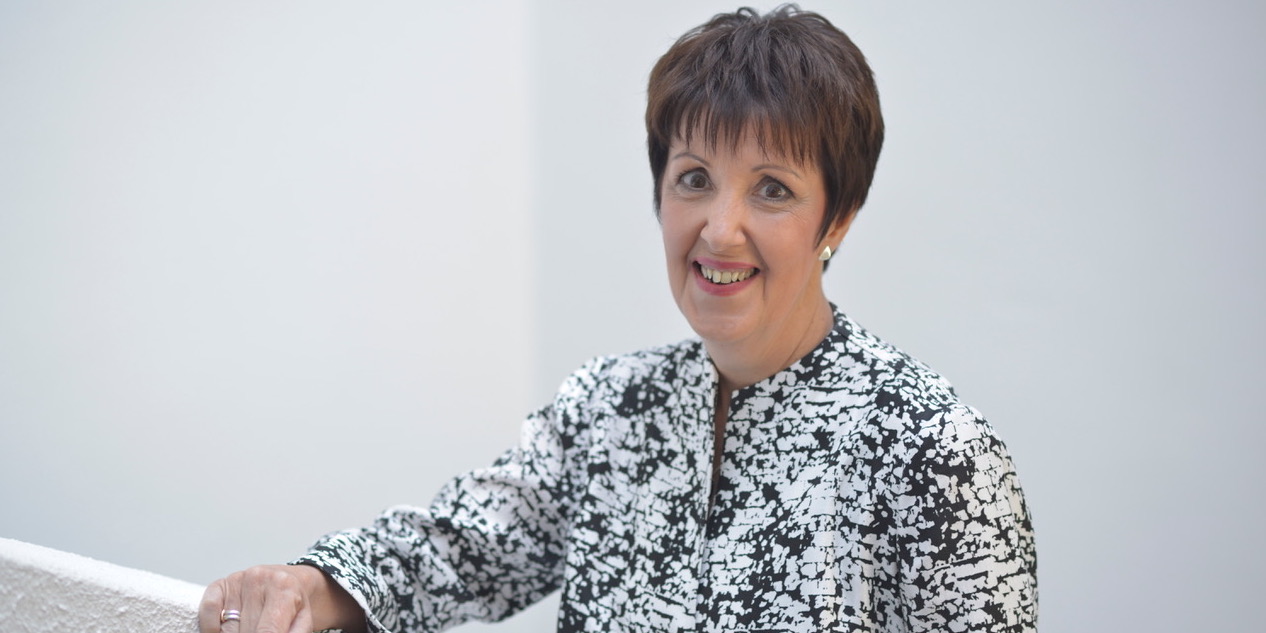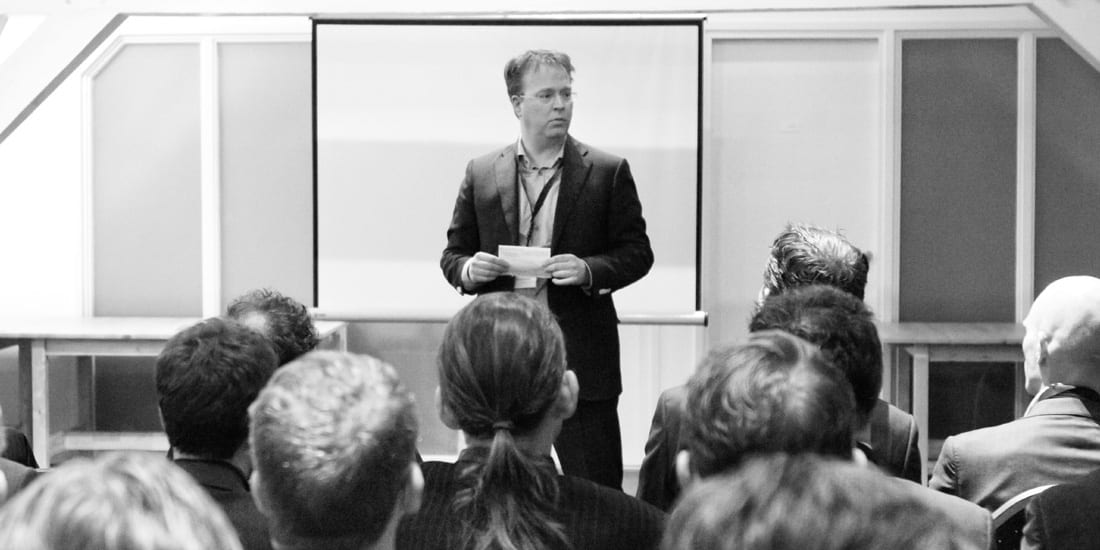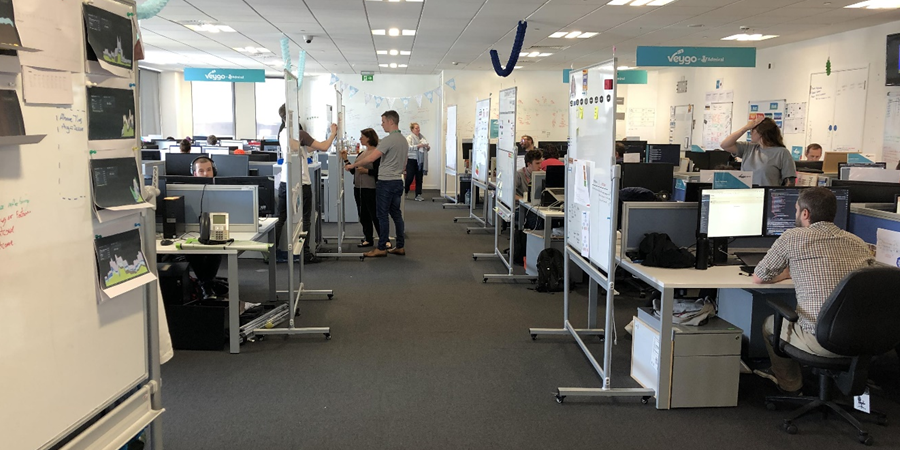
Leading large-scale lean change
INTERVIEW – Rose Keanly discusses the role of lean in a strategic business transformation in the financial services sector and the dos and don’ts of bringing lean to a large organization.
Interviewee: Rose Keanly, former COO, Old Mutual PLC Emerging Markets.
Interviewer: Rose Heathcote, CEO, Lean Institute Africa
Rose Heathcote: What triggered the need for a transformation at Old Mutual?
Rose Keanly: Any business transformation should start with being clear about the problem you are trying to solve. First off, we had a cost problem we had to solve – essentially our unit costs were too high. Secondly, our customer service experience was not great and not where we needed it to be. Third on the list, we had a sense that the staff morale could be improved.
RH: How did you help your teams to focus on the vital things?
RK: When I took on the role as the leader of Operations, Customer Service and Technology, my mandate was to focus on these three areas. In other words, we knew what we had to work on. Knowing what to focus on meant we could go and measure where we were, set targets for where we needed to be, and demonstrate progress.
We cascaded our goals for these three areas to every person in the business – all 4,000 of them – so that everybody knew what mattered and we could establish line of sight between what was happening on the gemba and how the focus areas were progressing.
For example, at the front line we would measure turnaround times on calls and how many calls were resolved and track productivity at this level. By improving this, we would naturally impact customer satisfaction and unit costs. This was also tied into the employee’s performance reviews and bonuses.
A lot of it was perseverance. We stuck with it! For the eight years that I was leading the change, we remained consistent with our focus. We didn’t change what we measured every year. We understood this was all about a culture change. People had been doing good things, but we didn’t have absolute clarity and clear direction before and this was about step change in performance.
RH: How did you then align every-day work to these vital things and embed it in the culture?
RK: With clarity and direction in hand we were able to choose key processes that were visible to clients – challenging enough but within the team’s control – and initiate pilots. We had help in the beginning to bring in the expertise and coaching, but over time we developed our own capability – to the extent where we eventually touched 128 teams. Each team had the chance to look at the work they did, see the problems and find root causes. They would then decide on the changes needed. We had quick wins, but we were also turning our people into autonomous problem solvers. We started to see less finger-pointing and blaming of the department next door. This approach also exposed opportunities for upstream and cross-functional improvements. To better our processes, we made system and technology improvements.
We identified best practices and started visualizing performance, holding daily meetings, root-causing problems and doing those daily routines that would help sustain the wins and trigger further improvement.
Every day, teams would look at their performance, aware of their targets and of the problems preventing them from achieving them (these would appear at the daily meetings). We enabled people to achieve performance and their bonuses. This way, improvement was part of their job, not a separate responsibility they got to when they had the time.
RH: How did you grow participation and employee engagement?
RK: It’s not enough to flick a switch to see things change – as leaders, we have to work consistently at it. Some people love change and can switch quickly, while others struggle and tend to see it as too much work. To ensure change was sustainable, we reinforced the same message over and over again, set performance targets, reported on them on a regular basis, and consistently assessed people based on their contribution. There was nothing easy about it: we didn’t have all the answers upfront and we had to keep at it. It was hard work. Along the way, we learned a lot and made mistakes.
The most critical thing we did was to change the management culture to help the front line to see the problems and have answers to them. Whether they’re processing payments or dealing with customers, people knew where the issues were that caused customers not to have a good experience and processes not to work properly (which ultimately affects costs). If you can effectively engage and empower them to identify the problems and then own their resolution, you can make your transformation sustainable – which you won’t if you perpetuate a management culture where the team leader or manager has all the answers and tells people what to do.
Human behavior is fascinating – tell someone what to do and their reaction will be very different from what you get by asking for their input and allowing them to make changes to the work, see if they work, and work in team. At that point, you work across teams to ensure the process holds together.
This will not only lead to better customer outcomes and much more efficient processes, but it will also improve morale.
RH: What happens when you don’t get leadership commitment in large-scale change?
RK: I was incredibly fortunate and I know my story was different. I was the leader and I could make the calls, set the tone from the top, and make the decisions about which metrics mattered. Leadership simply must be committed and, well, take the lead. They must be prepared to align and measure performance. It frustrates your people when the leaders blow hot and cold, and don’t personally commit to it, or when individuals make change in their own areas but don’t get the support they need to address the systemic issues that hinder their performance.
RH: Given the chance, what would you do differently?
RK: First of all, I would induct new leaders in a more formal manner. Even though we achieved sustainable outcomes, it was clear that lean practices were more strongly embedded in some areas than others. We had turnover of leaders – people moved around or got promoted – and we wrongly assumed that new leaders would just slot in and embrace lean. We should have taken the time to induct new leaders in our way of working. They had not grown up in this world of transformation, and it didn’t take long for practices to start slipping away – for example “We are no longer going to have daily meetings because I don’t think they’re necessary”. This diluted the efforts previously made. I am not a great believer in rigidity and forcing people to do things the same way, crushing creativity, but there were core lean practices that we should have been more explicit about – where you have the freedom to practice your leadership style, but within the parameters of the non-negotiable practices you need to preserve. I feel we did not put enough thought into how we could get the transformation to survive the leader.
I also think we were missing a regular, independent review of how we used tools and implemented standards. It took us 3-4 years to reach every team in the departments and, even though our leaders were equipped to help and train people, we often saw that as we taught lean to new teams the ones who had previously learned about it started to slip when it came to putting it in practice on a daily basis. We should have been more stringent in our assessment of how well the teams were practicing lean. It’s not just achieving the results; it’s also how we do it.
Finally, I believe that focusing cost as a top priority was not ideal (even though it was aligned with the strategy). We should have put customer experience first and sent the message throughout the business that if we could improve that, cost reduction would naturally occur as a consequence. In hindsight, this would also have set the right tone with the employees: with cost reduction at the forefront, some of them feared for their jobs. We would have achieved the same outcomes focusing on the customer experience.”
RH: Did the hard work pay off?
RK: We learned a tremendous amount and this in itself is a pay-off. Did we impact the focus areas? We did! We recorded a 15-30% improvement in customer feedback (Turnaround Times and Net Promoter Score). We also saved hundreds of millions through cost savings and morale increased by up to 30% in some teams. Of course, there was still room for improvement, but there is no doubt that lean transformed the way we did business and achieved our goals. Most importantly, it helped transform our culture.

THE INTERVIEWEE

Rose Keanly is the former Chief Operating Officer for Old Mutual PLC Emerging Markets
THE INTERVIEWER

Read more


CASE STUDY – The implementation of lean in the internal logistics of a pharmaceutical company in Brazil proved key to increasing productivity and quality in the organization.


CALL TO ARMS – The current economic situation is presenting great challenges to organizations around the world, but in difficult times lean gives its best. Provided we all do our part, with conviction and determination.


GETTING TO KNOW US – We continue our series of interviews with key Lean Global Network people with a chat with the President of Holland-based Lean Management Instituut.


NOTES FROM THE (VIRTUAL) GEMBA – This week, the author chats with an innovative insurance company as it relies on its lean learnings to ensure business continuity and switch to remote working during the Covid-19 crisis.

